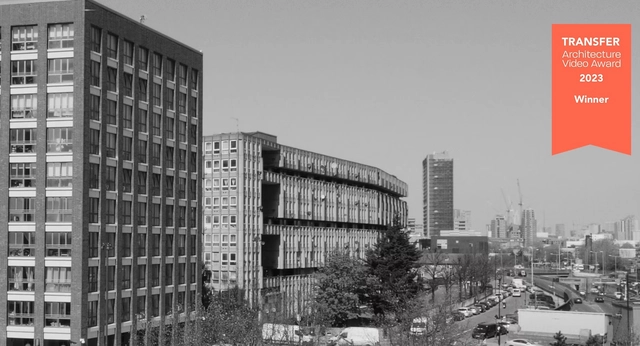Chilean architecture has a strong relation to the unique geography and climate of the country. Germán del Sol is recognized as one of the most prolific Chilean architects working with these demanding conditions, with projects across the country that enhance and rediscover the natural landscape, through architecture that uses natural materials, local techniques, and a profound sense of the place.
Photographer and filmmaker Pablo Casals-Aguirre revisits the Remota Lodge in Patagonia, one of the most celebrated projects by Germán del Sol, in a video that is able to transmit not only the static relationship with nature, but also the experience of inhabiting the landscape from the building.
The wild landscape of the Patagonian plains covers also the roofs of the buildings. The roofs concrete slabs are coated with the same synthetic asphalt membrane and a carpet of wild grasses 2 feet high [...] The ever changing light of Patagonia enters the building through the sequence of vertical cuts of the windowpanes. Then it surrounds big concrete or wooden pillars, and slides along the ceilings wooden trellises that hang well under the concrete slab. - Germán del Sol








.jpg?1520626310)













